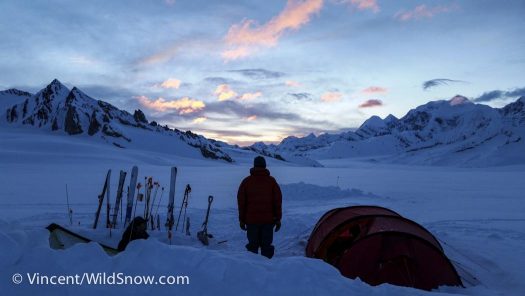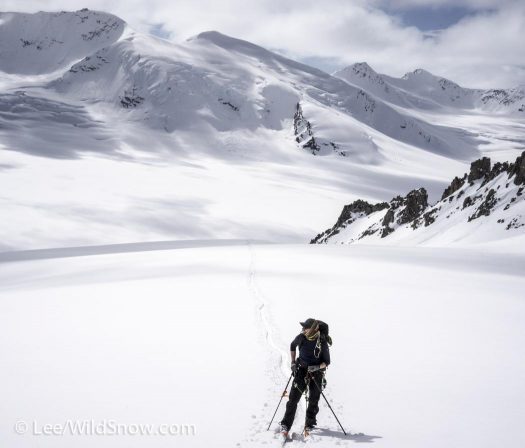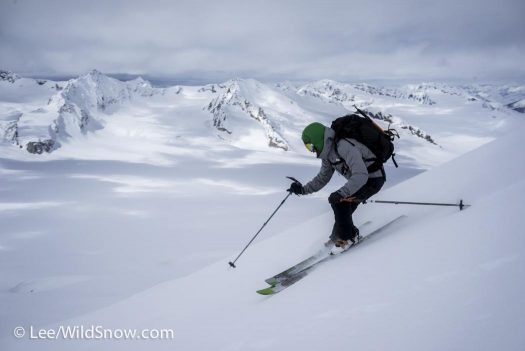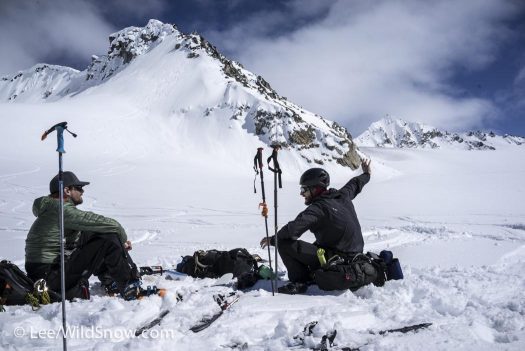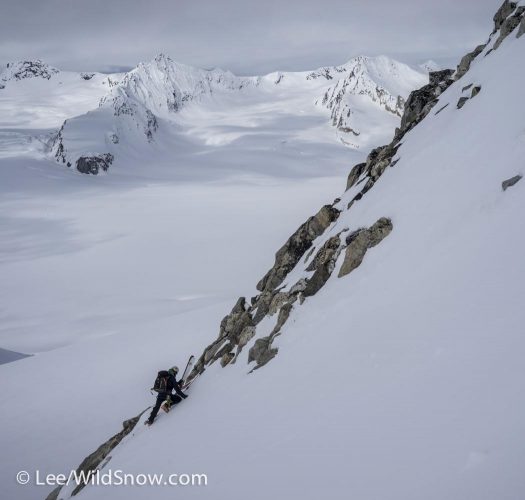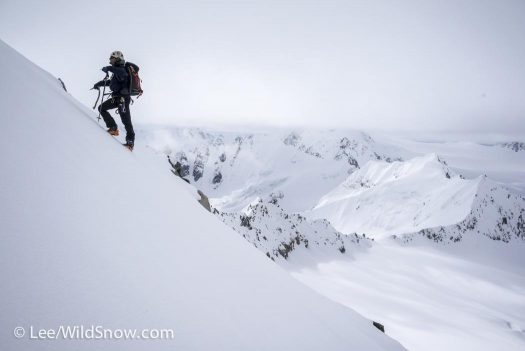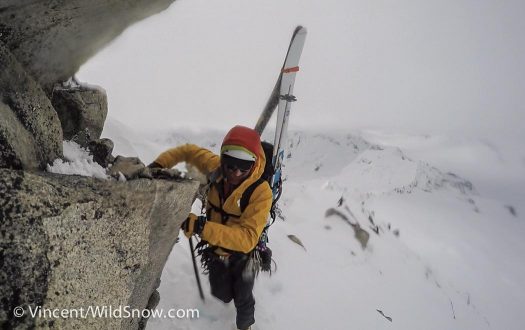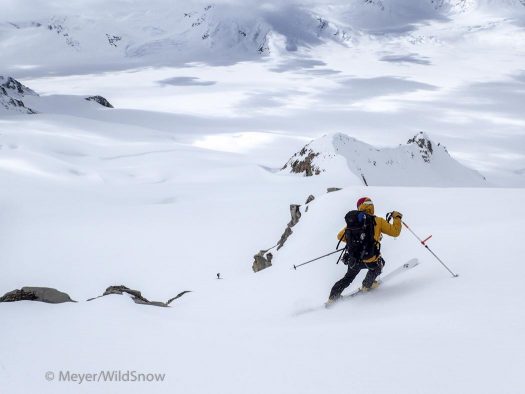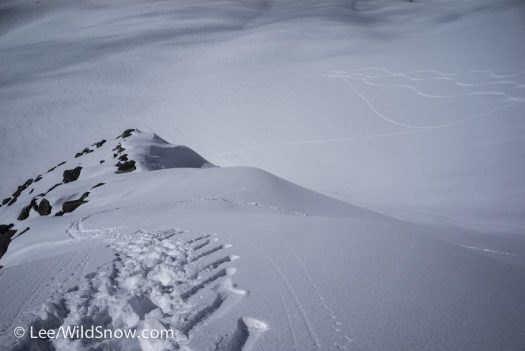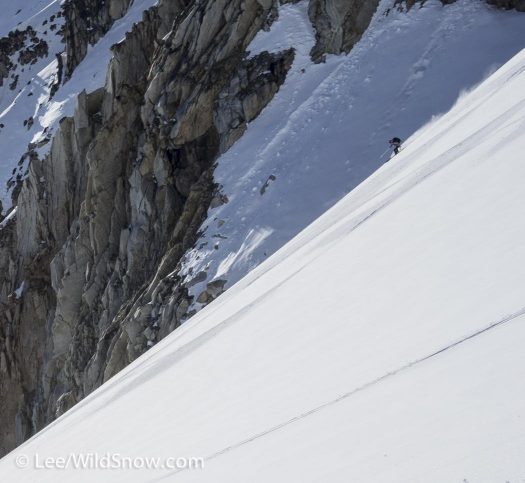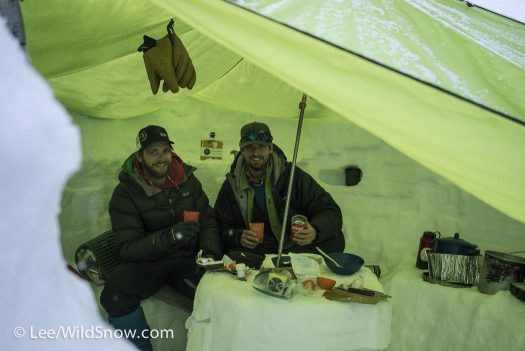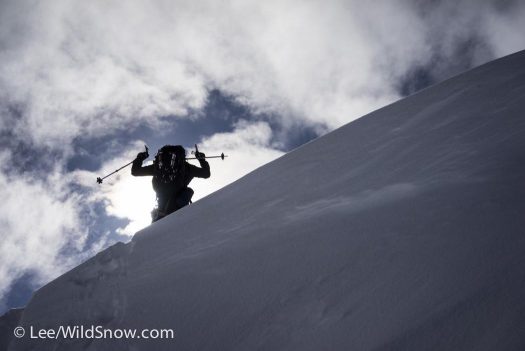If you missed it, here is the first part of this story: Eastern Alaska Range Part One, No Guidebook No Problem.
John Muir once said that you should only visit Alaska once you are old — because it will ruin every other place you will ever visit. He was not wrong.
I recently spent two weeks skiing in the Eastern Alaska Range. Check out my first post for an overview of what our jam was on this trip. This post will share a few more stories — tales of true adventure that could indeed ruin those “other places.”
The Easterns begins where the Yanert River flows into the Nenana at the eastern boundary of the Denali National Park. They then stretch more than one hundred miles to the Delta River before the range jogs south into the characteristically distinct Delta Mountains. Held strong by the towering Mounts Deborah, Hess, Hayes, and countless surrounding peaks, these mountains lack the height of the Central Alaska; but they have true teeth — an ancient and druidic stretch of Alaska’s Mountains.
A fairly perfect-looking, open slope leading to a couloir dropping off a ‘small’ peak watched over camp. It had just snowed and a wind event cross-loaded some slopes, but one morning we thought we better go get a closer look. The scale of the place made me think, “I bet that slope is either too mellow to turn on, or too steep to ski safely in these conditions.”
Skiing from camp over a small rise, Joe led the rope. He soon turned left thinking he better give a wide berth to a possible crevasse. Ten minutes later we realized that the rise had hidden a crevasse field with cracks big enough to swallow an airplane. We stopped and went a bit longer on the rope.
Winding through the cracks we were all too glad to reach the safety of a rock outcrop on the glacier’s edge. A short couloir led us to the slope above.
A pocket of unstable snow above the chute looked to be waiting to spit us back into the crevasses. The rock was too junky to scramble up. We sorta straddled the two bad options, goat-riding up as quick as we could.
The upper slope looked even better than it did from camp, but the 38-degree roll ‘womphed’ and we got scared.
Opting for retreat, Vince said something like “It’s too bad you never get any positive feedback when you make good conservative decisions,”
I ski cut the top of the couloir we had come up; it slid — positive feedback indeed.
The rest of the day was spent lapping a nearby bowl free from any mountaineering-esque qualia.
The next day we retreated again from an attempt on another peak.
Joe stopped the rope back near camp and said, “Yo! Guys, I think we summited!”
“What?!” Vince and I responded.
This was the most prominent peak that hung east over camp, catching our eye as soon as we arrived in the valley. We waited patiently. After the first storm cycle there was visible avalanche activity and the upper west face looked steep. The peak also seemed to have a knack for catching high clouds.
Day 9 we finally felt good about snow safety and the weather looked promising. The lower glacier was supportable crust and we quickly approached the upper west face. After a bit of snow climbing up to about 45 degrees, and some scrambling, we hit the ridge. The summit looked confusingly both far and near.
We began negotiating the ridge. Before we knew it our sunny day turned white once again. The valley disappeared, the ridge disappeared, the summit disappeared. We were in the cloud and couldn’t see more than a few rocks above and below. I started feeling optimistic that we were close.
“Hey guys I think that’s the top,” I said pointing above the next outcrop.
“Nope,” Joe responded, pointing to the saddle past that next rise and the high point barely visible in a fleeting hole in the cloud beyond.
The wind picked up as we got to a rock that felt especially exposed. We couldn’t really see what lay below our feet on either side.
“Should we take out the rope?” I said.
We all agreed that we had a ways to go and it just wasn’t worth it in a white out with increasing winds. We turned around.
Back at the top of the face we were again below the clouds. The light was flat and the face didn’t soften, steep chattery hard pack jump turns (fun!) led back to the glacial ramps below.
Near camp, Joe looked back beneath clearing skies. We could just barely see the summit and full summit ridge. At this point it became clear that the saddle and high point we thought was the summit was definitely the next (lower) peak, past our objective. The rock where we turned back, feeling sure we had more to climb, looked to sit at one end of the summit plateau. There was no saddle to go over, just the top of the mountain maybe 12 vertical feet and 40 horizontal feet past our high point.
We spent the evening debating if we climbed the mountain. Ha, I think for the most part probably not sure really? We couldn’t decide if it mattered.
The corners and bowls tucked in among the sillier objectives up high on the peaks offered us the best turns of the trip, and occupied most of our time.
One of our best evenings of skiing was on what we called the ‘Moat.’ This slope sat bordering a side glacier and outcropping ridge. The sheltered location kept the snow much nicer than the breakable crust that most of the glacial snow was moving towards. Near perfect corn covered the ramp.
One side offered beautiful, 25 degree, groomer like turns; the other side dropped off a headwall at 40 degrees, offering ear-to-ear grins and a chance to open up big turns. We skied up, skied down, and before we knew it we had spent five and half hours lapping the run five times.
This was a common theme. While ski mountaineering was at the forefront of my mind upon landing, and the steeper lines and peak descents we got done were fabulous, we also had an incredible time for much of the trip touring the glacier and skiing consistent 25-35 degree slopes in an epic place.
The truth is, I think we all would have had a good time had we just been stuck in camp for two weeks.
As a storm started in on our second day, I flagged the bathroom pit that we dug out 20 ft from our tent. One flag at the pit, one flag half way. That night you could only barely see the first flag, which looked miles away in the white out. Sitting in the snow surrounded by the ‘ether,’ up, down, left, right, sky, ground, all ceased to have any meaningful distinction. We walked about 20 ft from camp until we could no longer see our skis or tent, sure to keep well oriented to our tracks. During this surreal experience we all felt like we might as well be on Mars.
The mountains of Alaska are oozing with the spirit of adventure. I am psyched to have gotten to spend a couple of weeks feeling small in one vast corner of such a playground.
(P.S. If anyone needs help finding their adventure, and specifically wants to do some ski touring in the Alaska Range, Alex, Joe, and Vince will be guiding a trip next spring. Get in touch with Joe for more information.)
Dr. Alex Lee lives in Anchorage, Alaska. Alex is a professor at Alaska Pacific University, teaching philosophy and environmental studies. He also works as a sometimes guide, naturalist, writer, and photographer.

